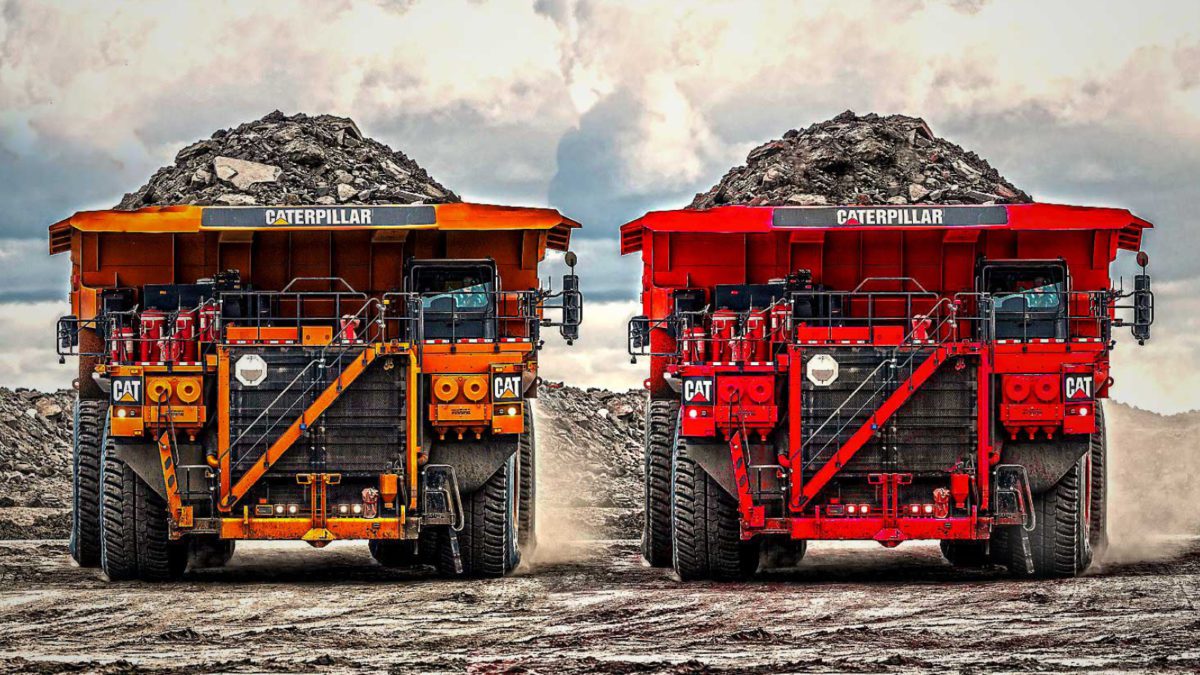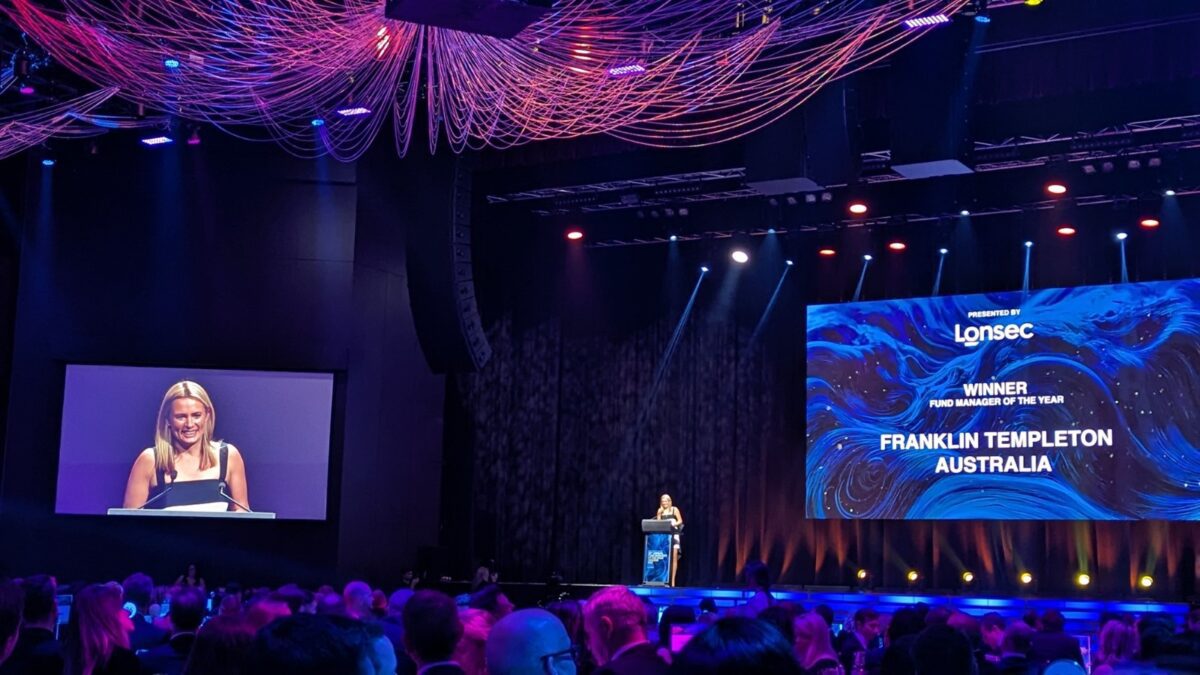Battleground – BHP vs. RIO
OK, so you want to own a big global diversified bulk miner, to take advantage of the impending commodities boom – let’s take a look at the contenders, BHP and Rio Tinto.
Here’s the tale of the tape.
BHP (BHP, $36.35)
Market capitalisation: $183.7 billion
One-year total return: +6.9%
Three-year total return: +17.9% a year
Five-year total return: +14.2% a year
FY21 (June) forecast yield (at current exchange rates): 5.7% fully franked (grossed-up, 8.1%)
FY21 price/earnings ratio (at current exchange rates): 12.9 times earnings
Analysts’ consensus valuation: $40.00 (Thomson Reuters), $41.04 (FN Arena)
Highest target: $45 (Macquarie)
Lowest target: $37.80 (Morgans)
Rio Tinto (RIO, $96.65)
Market capitalisation: $158 billion
One-year total return: +16.0%
Three-year total return: +19.4% a year
Five-year total return: +20.7% a year
FY21 (December) forecast yield (at current exchange rates): 6% fully franked (grossed-up, 8.5%)
FY21 price/earnings ratio (at current exchange rates): 10.7 times earnings/
Analysts’ consensus valuation: $104.50 (Thomson Reuters), $107.64 (FN Arena)
Highest target: $122 (Ord Minnett)
Lowest target: $95 (Credit Suisse)
It’s difficult to choose between the “big two.” Both are expected to be outperformers over the medium term.
They have slightly different product portfolios. BHP produces iron ore, metallurgical (steelmaking) coal, thermal (electricity) coal, oil and gas, copper and nickel (it also produces small amounts of gold, silver and uranium at Olympic Dam in South Australia.) It is developing the Jansen potash product in Canada, which is about 86% complete.
Rio Tinto produces iron ore, aluminium (aluminium metal, alumina and bauxite), copper and diamonds, and energy and minerals (titanium dioxide, iron ore concentrate and pellets, and borates).
Iron ore from north-western Australia remains the cornerstone of both groups.
In FY20 (BHP uses the June 30 financial year), BHP’s businesses produced:
- Iron ore: 48.4% of revenue, 65.9% of EBITDA (BHP produced 248 million tonnes of iron ore)
- Petroleum: 9.5% of revenue, 10% of EBITDA
- Copper: 24.8% of revenue, 19.7% of EBITDA
- Coal: 14.5% of revenue, 7.4% of EBITDA
In 2019 (Rio Tinto uses the calendar year as its financial year), RIO’s business-unit contributions were:
- Iron ore: 53.1% of revenue, 75.9% of EBITDA
- Aluminium: 22.7% of revenue, 10.8% of EBITDA
- Copper and diamonds: 12.8% of revenue, 9.9% of EBITDA
- Energy and minerals: 11.4% of revenue, 8.5% of EBITDA
The big difference is BHP’s petroleum division, and its coal operations; in the same role in its portfolio, Rio Tinto has aluminium.
BHP’s oil and gas business struggled in FY20, with petroleum production falling 10% to 109 million barrels of oil equivalent (boe), falling short of the company’s forecasts of 110 million boe. This will be the new normal for a while: medium-term guidance has been revised lower, from 110 million boe to 104 million boe. However, BHP produces for less than US$12 a barrel.
Metallurgical (steelmaking) coal production is expected to be between 40 million tonnes and 44 million tonnes in FY21, while thermal (energy) coal production is expected to be between 22 million tonnes and 24 million tonnes in FY2021. The company says that the thermal coal segment (which is only 3% of BHP’s total asset base) will be reduced, with proposed sale or demerger of the low-cost, long-life and low-quality coal assets,
For FY20, BHP produced 281 million tonnes of iron ore, up 4% from 2018-19, and the company put guidance into the market that it expects to produce between 276 million tonnes and 286 million tonnes in FY21 financial year, at a production cost of US$13-US$14 per metric tonne.
In its half-yearly report for June 2020, Rio Tinto reported underlying earnings of US$4.75 billion ($6.8 billion), with underlying earnings from iron ore coming in at US$4.56 billion ($6.5 billion). Iron ore production for the first-half from the Pilbara was 161.1 million tonnes, which earned the total revenue of US$11.46 billion ($16.4 billion). Rio Tinto has given production guidance for iron ore for the full 2020 year to be in the range of 324 million tonnes to 334 million tonnes, with a unit cash cost guidance range in the range of US$14-US$15 per wet metric tonnes FOB basis.
At those levels of cash production cost, clearly the big factor for both BHP’s and Rio Tinto’s results is the iron ore price. Iron ore prices have been surprisingly strong this year, driven by continuing curtailments in Brazilian supply.
Brazil’s iron ore exports have been struggling since the tailings dam collapse in January 2020 at the Brumadinho mine killed 257 people, which led to Vale being ordered to close several mines until they were inspected and cleared to resume operations. Brazil is still not back to full production, and that has kept spot iron ore very healthy – it is currently above US$120 a tonne.
Even with Brazil eventually getting back to full production – which will bring the price lower – the world (particularly China) will need to spend big on infrastructure to recover from this pandemic-induced recession – and iron ore is the major input to steel.
Forecasts are all over the place. For example, broker Shaw and Partners expects US$80 next year, US$63 in 2022, and $US61 in 2023 – with a long-term real price target of US$55 a tonne. But Macquarie sees US$99 a tonne in 2021, weakening to US$86 in 2022 and US$76 in 2023. And UBS retains a base case for iron ore prices of US$105 a tonne in the second half of 2020 and US$85 in 2021.
Credit Suisse expects iron ore prices to sustain another year above US$100 a tonne, as steel demand in China has again surged. China’s dominance of global steel production has increased further with 2020 output now expected to be 58% of global output.
Ultimately, a decline in the iron ore price will occur. Credit Suisse’s case is for steel demand to remain broadly static in 2021 and then fall in 2022 – which would push iron ore into surplus, and hit the price.
In the meantime, analysts see good scope for capital appreciation in both BHP and Rio Tinto shares, and the total-return picture is buoyed by very attractive yields from the rivers of cash that iron ore is throwing off for them.
What makes us prefer BHP is, quite simply, Rio Tinto’s problem at the moment with ESG (environmental, social and governance) issues, and its need to explain itself to ESG-oriented investors, since it blew up (legally) the 46,000-year-old cultural site at Juukan Gorge in Western Australia’s Pilbara in May, despite knowing (it was told in 2014) that the site was of “the highest archaeological significance in Australia,” containing evidence of Aboriginal existence since the last Ice Age, and several “staggering” artefacts, including a 28,000-year-old kangaroo-bone tool.
Rio Tinto blasted the site, by its own admission, to get at $135 million worth of high-grade iron ore, which it needed for its prized Pilbara blend. Its act was fully legal, as the Western Australian government had granted permission was in 2013. The blast was permitted due to a state law from 1972, which apparently does not allow for renegotiations even when new information has come to light – as was the case with Juukan Gorge.
To say there was outrage is an understatement. Not that BHP is a complete cleanskin on ESG issues – but it just doesn’t have anywhere near Rio’s problems in this field at present, for which not even the removal of several top executives (including CEO Jean-Sébastien Jacques) have fully atoned.









